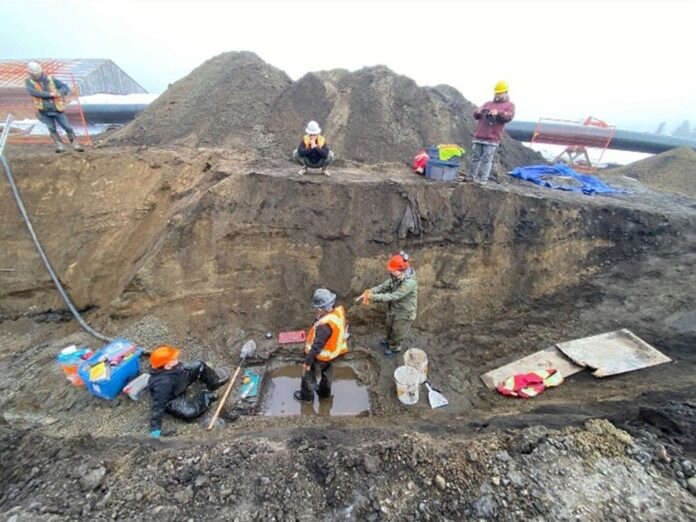
The archaeology team working alongside crews on the Comox Valley Sewer Conveyance Project have announced a significant find.
The Sewer Conveyance Project is replacing aging infrastructure and one of the goals of the project is to protect the shoreline and waters throughout the Comox Estuary, Point Holmes and Goose Spit coastlines, as well as Baynes Sound.
The CVRD has also been working with K’ómoks First Nation to document and recover archaeological materials impacted by the project, which runs through many of K’ómoks First Nation’s ancestral settlements and villages.
This spring, the team discovered a rare wet site off Farmview Road, which included finding ancient organic artifacts used in everyday life.
Organic materials like wood, plant fibres, basketry, fishing nets, and leather typically only survive in waterlogged archaeological sites (“wet sites”), where a lack of oxygen means that microbes and bacteria can’t break them down.
Wet sites are rare and extremely valuable because they offer a more complete picture of how people lived in the past.
The team found 3,800-year-old wooden wedges. In a release, K’ómoks First Nation explains that traditionally, wedges were made from fine-grained woods like yew, spruce, maple, and crabapple, and were often scorched to increase their hardness.
They were used to split logs into planks, often for home construction.
The team also found cordage (traditional rope made from plant and wood fibres), which was likely used in daily life for activities like making clothing and basketry, hunting, harvesting, carpentry, and fishing.
The Nation says by studying cordage, they’ll be able to learn about which plant species and manufacturing techniques ancestors used.
The Royal BC Museum has been providing K’ómoks with specialized support in the wet site’s conservation.
The new findings, the release says, underscores the importance of archaeological analysis in construction projects.
To learn more, visit K’ómoks First Nation.
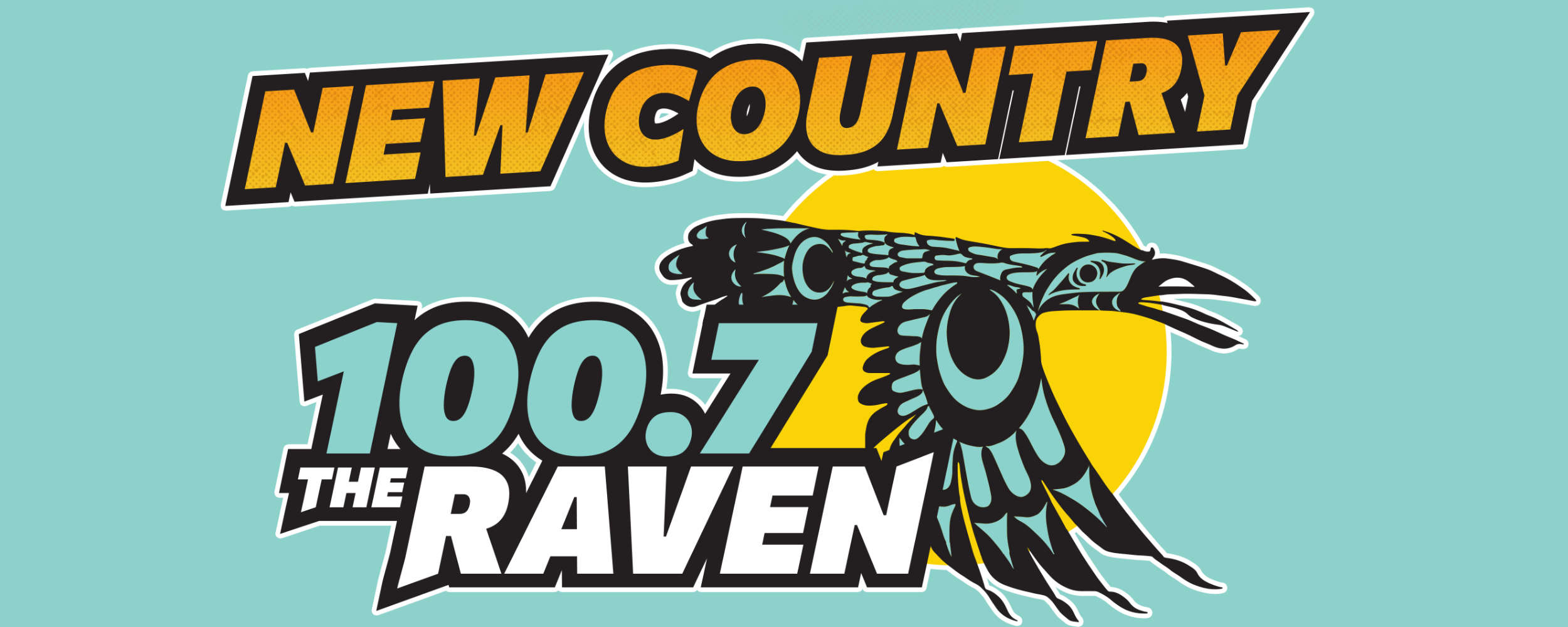
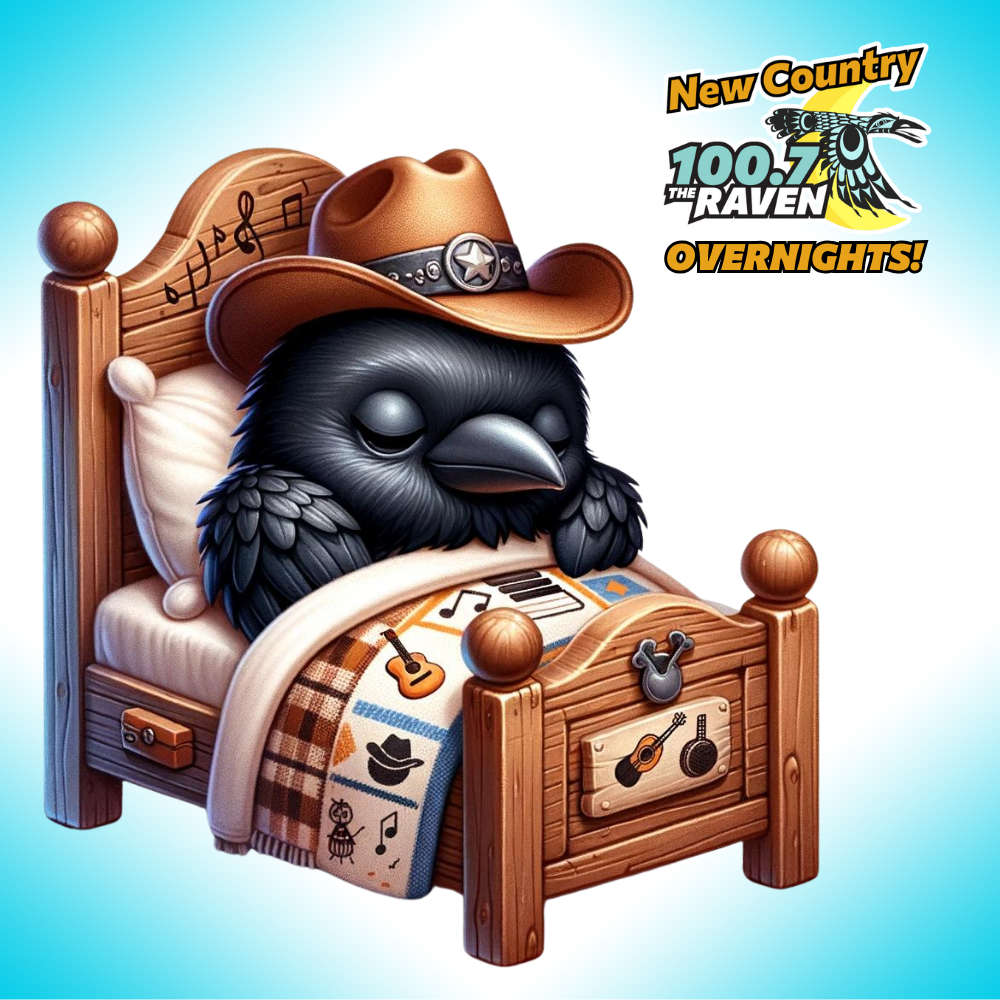
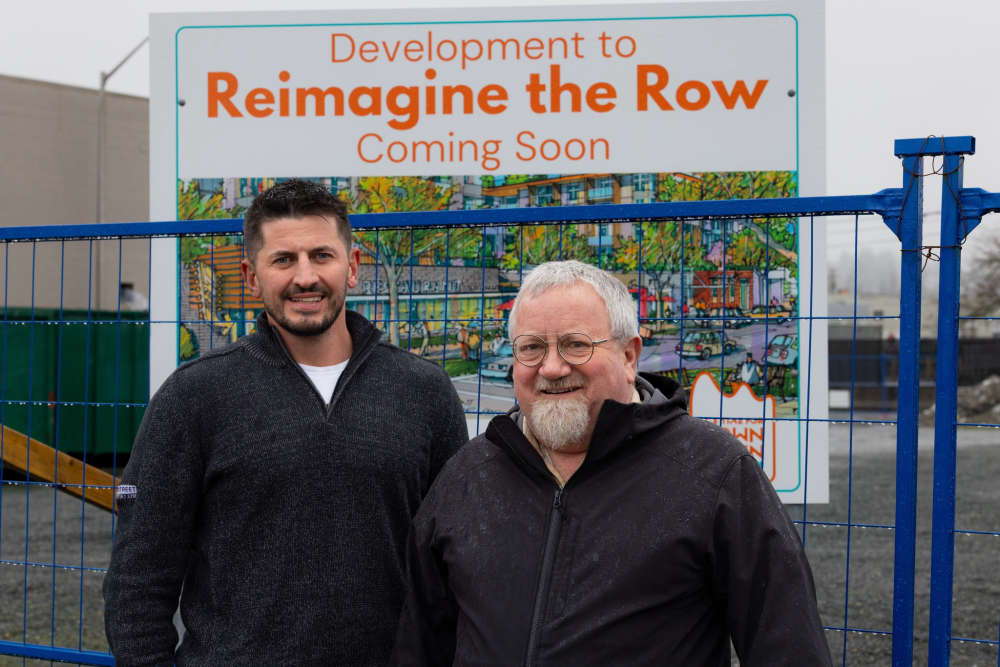 Campbell River Partners With Local Developers On Reimagining The Row
Campbell River Partners With Local Developers On Reimagining The Row
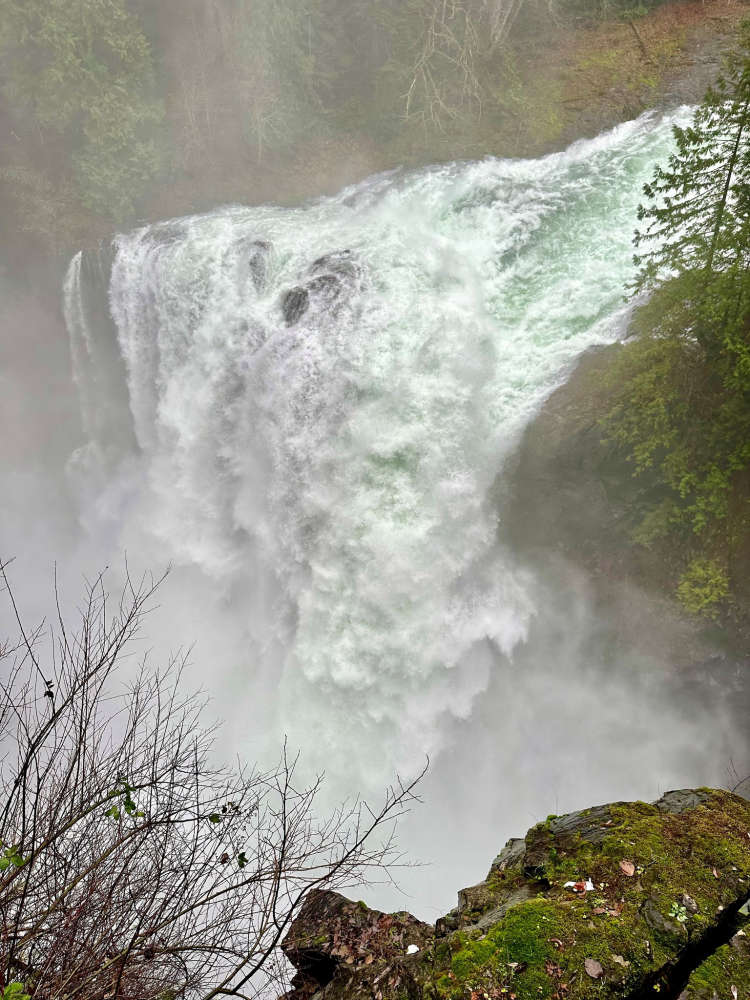 Public Safety Advisories Along Campbell And Puntledge Rivers
Public Safety Advisories Along Campbell And Puntledge Rivers
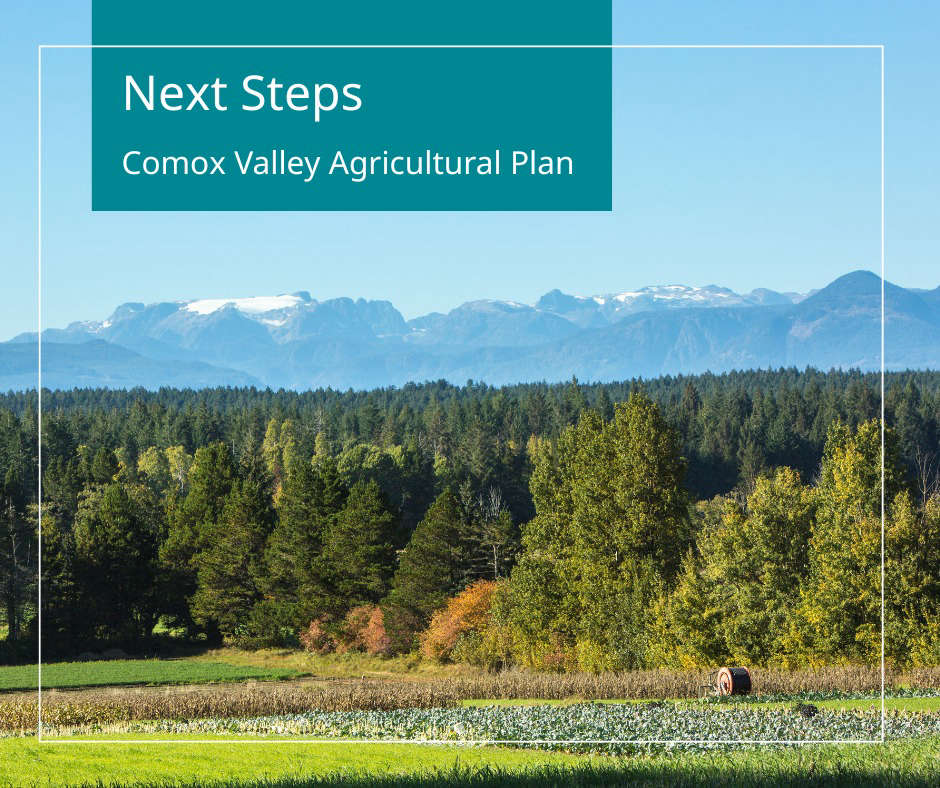 CVRD Announces Agricultural Planning Coordinator And Steps For Implementing Comox Valley Agricultural Plan
CVRD Announces Agricultural Planning Coordinator And Steps For Implementing Comox Valley Agricultural Plan
 Campbell River Winter/Spring Recreation Registration Begins Today
Campbell River Winter/Spring Recreation Registration Begins Today
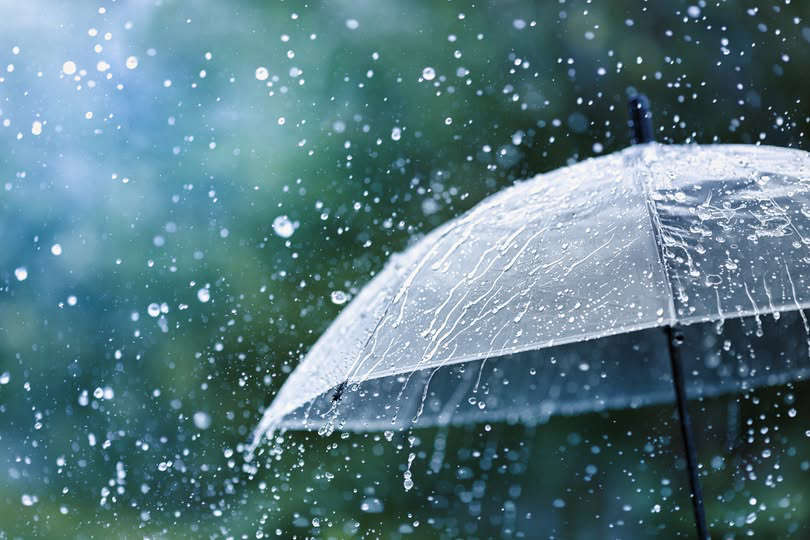 Residents Urged To Stay Alert As Heavy Rain Continues On Vancouver Island
Residents Urged To Stay Alert As Heavy Rain Continues On Vancouver Island
